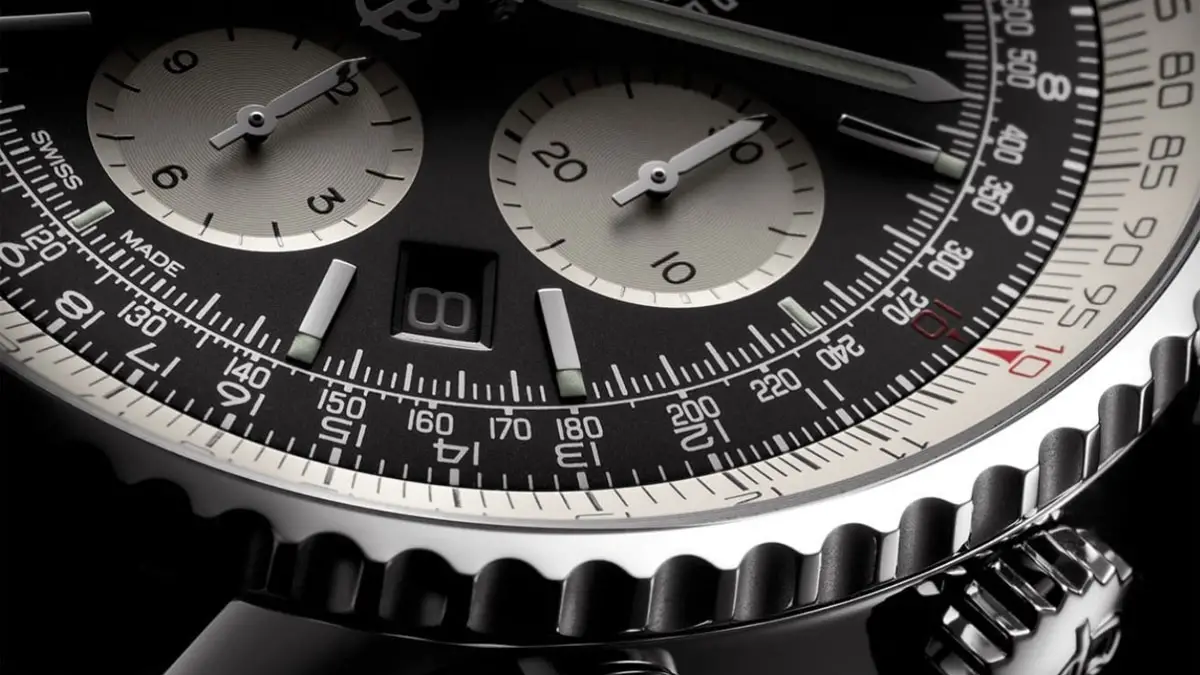There is a popular joke where one person is telling another about his new watch. “It does everything!” he says, explaining how it can give you the weather, your altitude, the date, current humidity, and all sorts of other details.
The second person listens and finally says “That sounds really nice. By the way, what time is it?” – at which point the watch’s proud owner suddenly realizes that’s the one thing his watch doesn’t do.
We’re not quite at that point yet, but watches can certainly do a lot more than tell time, and one of the ways they do this is through the watch bezel.
A watch bezel is the ring that holds the crystal cover on the watch face. These originally held no other function than to keep the crystal in place, but eventually they became a means of decorating the watch and soon after began to have actual functions.
The following 12 different watch bezels are all currently available in different degrees of rarity, but are certainly not the end of the story, thanks to the potential for even more functions to be added to watch bezels in future.
See Also: 11 Types of Mirrors
Types of Watch Bezels
1. Compass Bezel
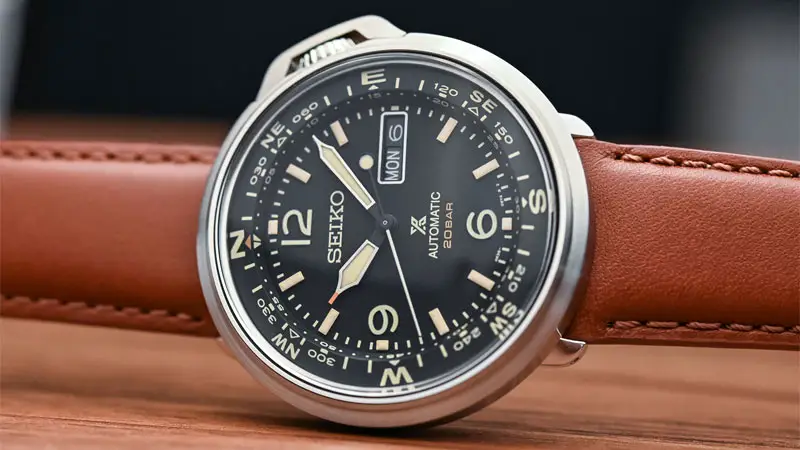
This peculiar watch bezel actually functions in the same manner as a sundial. Instead of lodestones or other mechanical means, you rotate the bezel so that the south marking (northern hemisphere) or north marking (southern hemisphere) is in the middle between the hour hand and the 12 o’clock position.
Hold the watch horizontally and aim it so the hour hand (or 12 o’clock point if in the southern hemisphere) is pointing at the sun. This will tell you the direction you’re facing. For obvious reasons, compass bezels are popular among outdoor enthusiasts.
Read Also: 13 Different Kinds of Sunglasses
2. Countdown Bezel
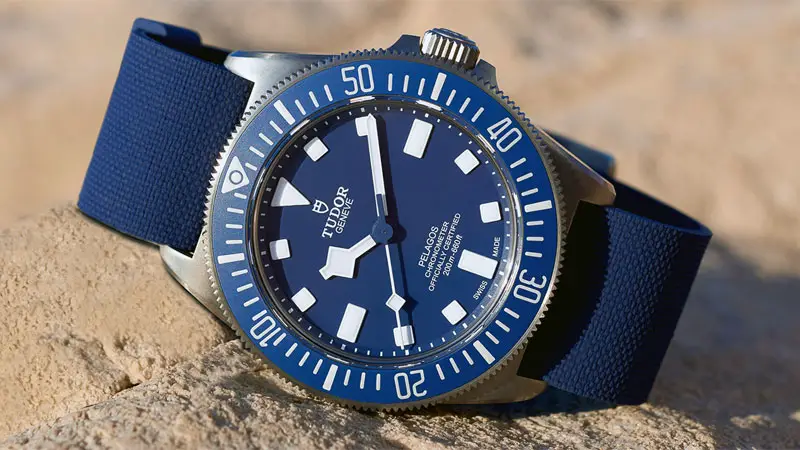
This is one of two bezel types commonly referred to as a “dive bezel”, the other being the count up bezel. Countdown bezels are more traditional but can be a little harder to use than their counterpart, but have become quite popular outside of diving.
The bezel features normally luminescent numbers running in a counter-clockwise direction, usually with an arrow at the zero point.
To use the countdown bezel, it’s turned unidirectionally so that the minute hand is pointing to the amount of time remaining. These bezels can be used to count down to a sporting event, a bus or other transportation, or to calculate how much time is left in a dive.
Oddly enough, while the countdown bezel has more uses than the count up bezel, it’s far less commonly available.
3. Count Up Bezel
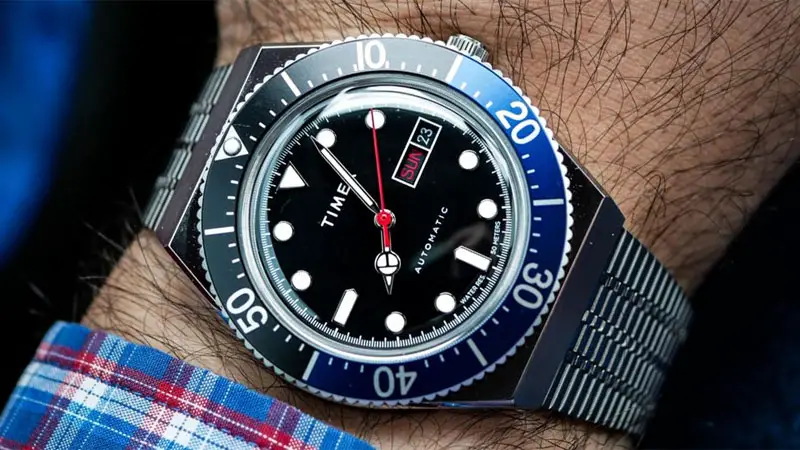
This type of bezel is common on both dive and sports watches. It’s sometimes referred to as simply a “dive bezel”, as is the countdown bezel. Often considered the easier of the two to use, this bezel has a 60-minute scale, often designed to be luminescent. The 12 o’clock position tends to be marked by an arrow.
To use, the diver or athlete turns the bezel so the arrow lines up with the minute hand. As they dive, it becomes easy to see exactly how long they’ve been underwater, which can be a lifesaver when trying to calculate the bottom time of the dive.
For athletes, the bezel can be used to calculate how long a workout or practice session has lasted. The bezel audibly clicks as it’s turned and can only be turned in one direction, preventing the user from accidentally altering the setting.
4. Decimal Bezel
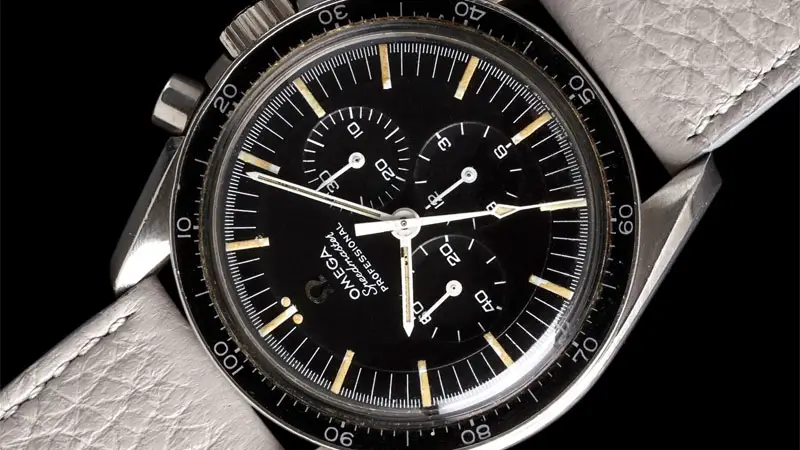
This is a special type of bezel that can convert time into fractions and decimals. This might seem like a useless idea, but this sort of calculation can be valuable to several professions in the sciences, industrial engineering, and even some fields of professional writing.
For example, you can convert seconds to a decimal, which allows you to calculate a monetary amount earned per minute, which is easy to do since there are 60 seconds in a minute and 60 minutes in an hour.
Alternatively, you can time an activity or event, then convert the seconds to a decimal to find out what percentage of a minute was used to perform the action.
More importantly, the bezel has 100 units instead of 60, allowing for a more accurate calculation and the watch also tends to have a stopwatch function. Simply start the stopwatch and stop it when you’ve completed the task, then look at the number the second hand is pointing to for a decimal or fraction amount.
5. Fluted Bezel
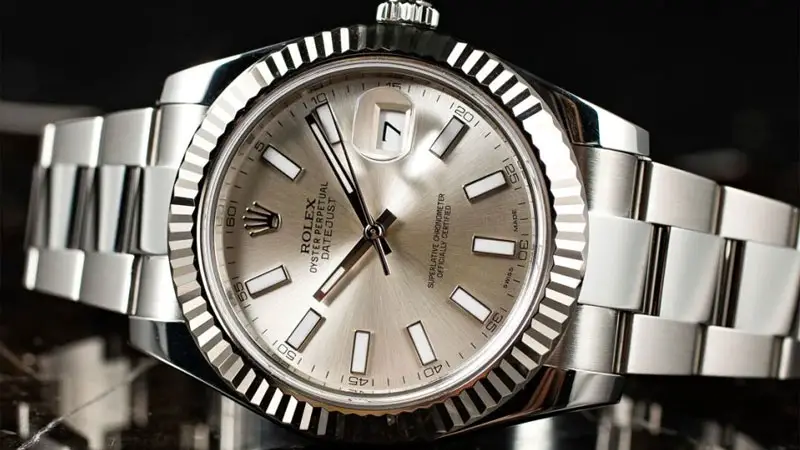
This is one of the more famous plain bezels out there and is characterized by its distinctive ridges and grooves that radiate outwards.
Originally, the fluted bezel was developed by Rolex as a means to tighten the bezel and make the watch more water resistant. However, when this was no longer necessary, the design had become so popular that it was kept as a purely aesthetic option and is now available in several top brands.
See Also: 19 Types of Flutes
6. GMT Bezel
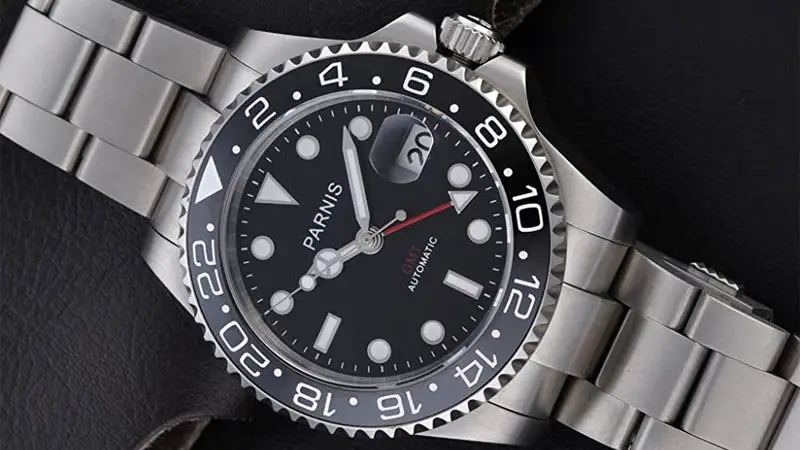
Originally developed for pilots, watches with a GMT bezel (or “world time” bezel) have an additional hand that’s distinct from the others. The bezel itself shows a 24-hour period instead of 12 hours, and often has a blue upper half (night) and red lower half (day) divided between 6AM and 6PM.
To use, set the time to match the time zone you’ll be in and the GMT hand to match the approximate time of the place you’re coming from (or wish to track). This allows you to see the time difference at any point of the day.
7. Plain Bezel (AKA Stationary Bezel)
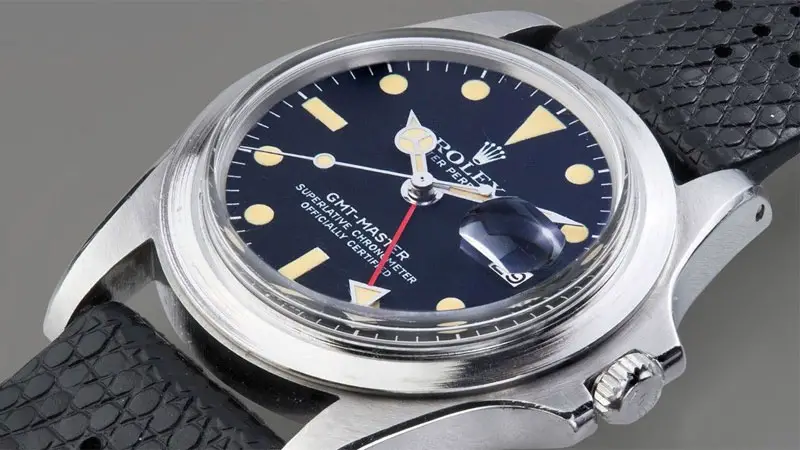
This is the OG of watch bezels. It’s usually the same color as the watch case and usually made of stainless steel. Unlike other bezel types, the plain bezel doesn’t turn and is merely there to hold the crystal in place.
Despite the name, plain bezels aren’t always plain and may be jewel encrusted, textured, or otherwise decorated to give your watch a little extra flair.
8. Pulsometer Bezel
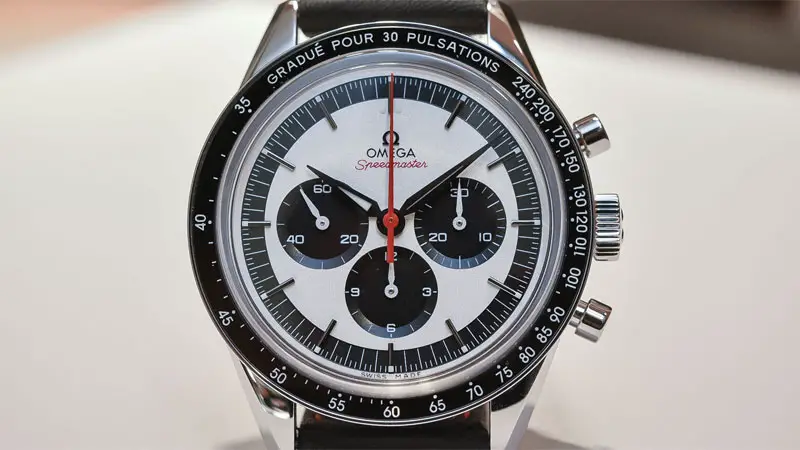
This bezel is an important tool in medical professions and is actually located inside of the watch case instead of on top of it. The ring contains markings used to help calculate a person’s pulse.
Traditionally, you count a person’s pulse by counting the heartbeats for a total of 15 seconds, then multiplying by four. However, the pulsometer bezel does all of the work for you.
To use, start the chronograph and begin counting heartbeats. Depending on the watch’s calibration, you will either count 15 or 30 heartbeats. When the target number of beats has been reached, stop the chronograph and look at the location of the second hand to find out the number of beats per minute.
9. Slide Rule Bezel
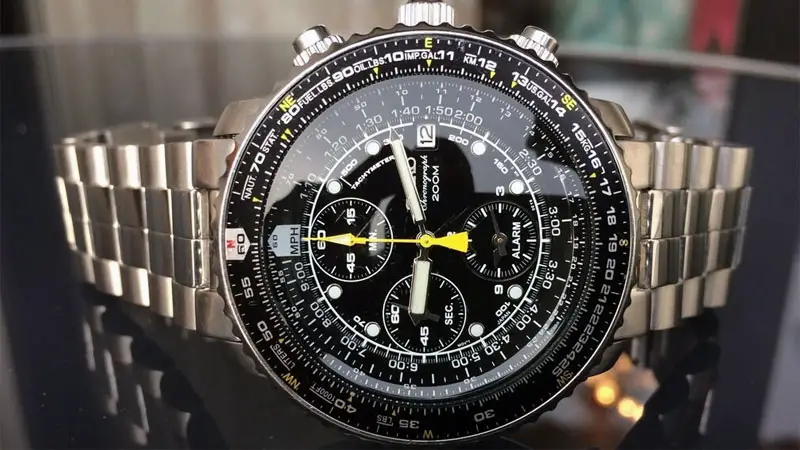
By far the most complicated bezel currently available, the slide rule bezel may look like a total mess of numbers and lines to the average person. However, for craftsmen, pilots, and those who need to make calculations on the fly, this bezel can be an invaluable tool.
This bezel has not one but two rings, both of which are reversible.
Among the calculations you can perform using a slide rule bezel are: converting between Fahrenheit and Celcius or MPH and KPH, multiplying, dividing, finding square roots or percentages, and a whole host of other mathematical functions.
While it might be a little (read: very) intimidating at first, once you get the hang of a slide rule bezel, you might just find yourself using it all the time.
10. Tachymeter Bezel
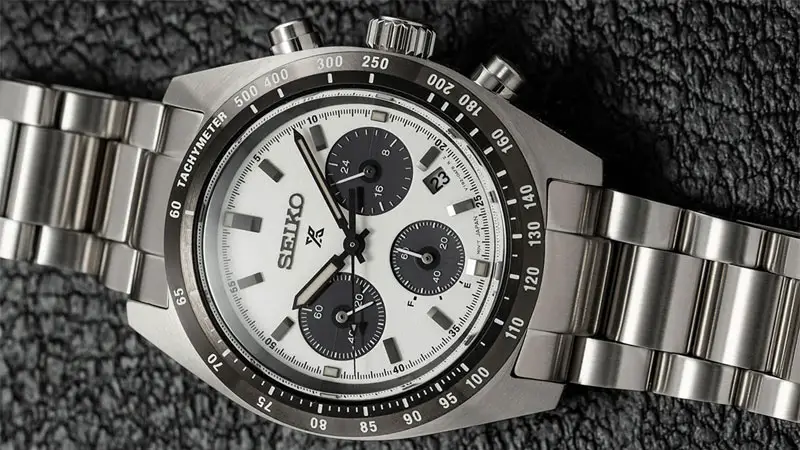
This type of bezel is like a secret weapon hiding in plain sight on your watch. It’s a feature that looks like a simple ring around the watch face, but it actually serves a very important purpose – measure speed over a fixed distance. This makes it a valuable tool for athletes, drivers, and anyone who needs to measure speed accurately.
To use it, you simply start the chronograph function on your watch when you pass a fixed point (like a mile marker on a race track), and stop it when you pass the next one.
The tachymeter bezel will then show you your speed in units per hour (can be miles, kilometers, or other unit), making it easy to calculate your speed over longer distances.
11. Telemeter Bezel
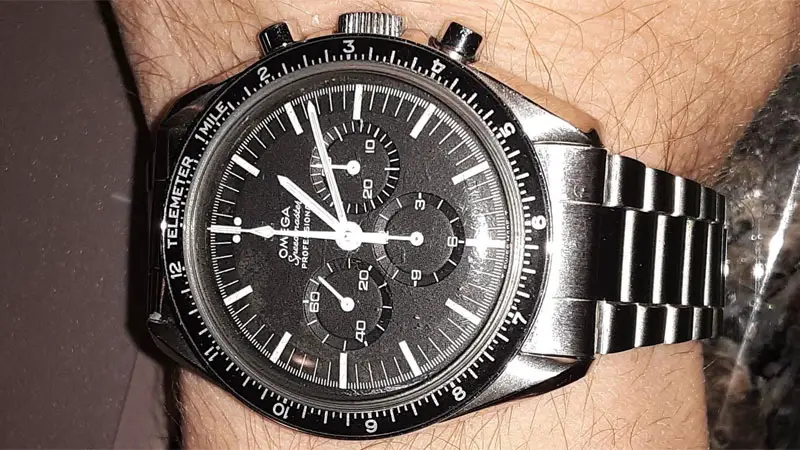
This is a somewhat peculiar bezel that has somewhat limited functionality for the average person. Its job is to calculate the distance between the wearer and an event.
Unlike most bezels, the telemeter bezel is located behind the crystal instead of on the case itself. The bezel has markings for miles and kilometers, as well as a stopwatch function. Both the sound and visual aspect of the event must be detectable.
The best way to describe how to use a telemeter bezel is with a thunderstorm. When you see a flash of lightning, start the stopwatch and stop it again when you hear the thunder. You can then look at the second hand to see how far away the storm is based upon the difference in how fast light and sound travels.
Of course, there are uses for the bezel beyond storms, such as figuring out how far away a jet plane is, but they’re still a rather niche tool.
12. Yacht-Timer Bezel
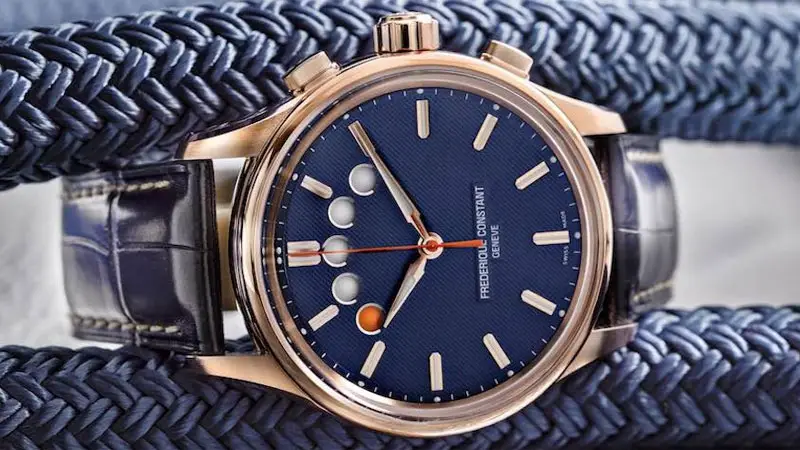
This is one type of bezel you’re not likely to see, as it’s highly specialized. As the name suggests, this bezel is designed for boating events such as yacht racing and regattas, which led to its alternate name of a regatta timer watch.
Unlike land-based races, starting a race on water requires a number of calculations, such as air speed, current, engine power, etc. These factors mean the boat cannot easily maintain a holding pattern and care must be taken not to cross the starting line too early.
This bezel allows for accurate calculations, counting down to the beginning of the race.

